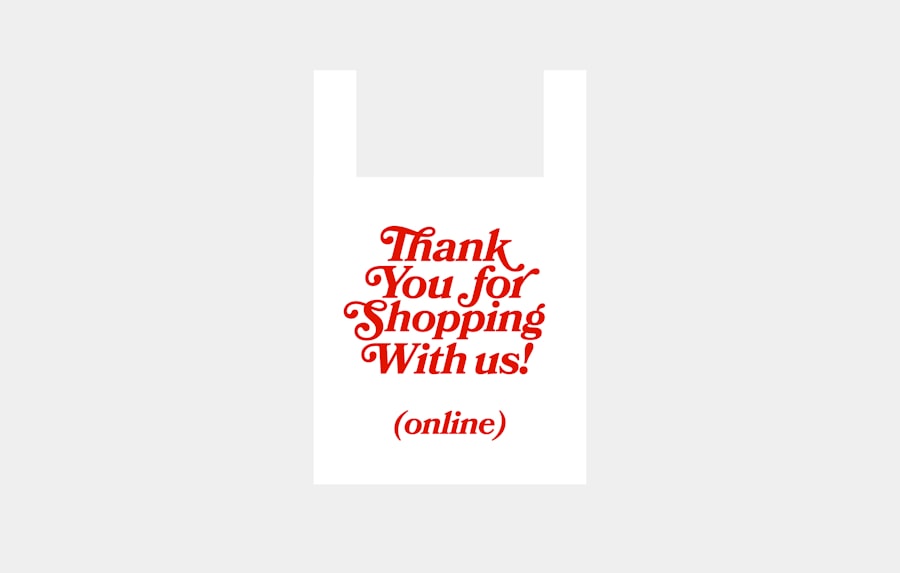In the contemporary art landscape, digital portfolios have emerged as essential tools for artists to showcase their work, connect with audiences, and attract potential clients or employers. Unlike traditional portfolios, which may consist of physical prints or slides, digital portfolios offer a dynamic and interactive experience. They can include a variety of media, such as images, videos, animations, and even interactive elements that engage viewers in unique ways.
This versatility allows artists to present their work in a manner that reflects their individual style and artistic vision. The significance of a well-crafted digital art portfolio cannot be overstated. It serves not only as a visual representation of an artist’s skills and creativity but also as a personal brand statement.
In an increasingly competitive market, having a polished and professional portfolio can set an artist apart from the crowd. It is often the first point of contact between an artist and potential clients or collaborators, making it crucial to create a lasting impression. As the art world continues to evolve with technology, understanding how to effectively build and maintain a digital portfolio is vital for any artist looking to thrive in this environment.
Key Takeaways
- Digital art portfolios are essential for showcasing your work and attracting potential clients or collaborators.
- When choosing a platform for your portfolio, consider factors such as ease of use, customization options, and audience reach.
- A cohesive and professional portfolio should have a consistent visual style, organized layout, and high-quality images of your work.
- Showcasing your best work means curating a selection that highlights your skills, creativity, and versatility as an artist.
- Utilize social media to promote your portfolio by sharing your work, engaging with followers, and participating in relevant communities and hashtags.
Choosing the Right Platform for Your Portfolio
Understanding Your Needs
When choosing a platform, consider what you want to achieve with your digital portfolio. Do you want a simple way to display your work without worrying about technical details, or do you need more control over the design and functionality?
Evaluating Platform Options
Different platforms cater to different needs. For instance, platforms like Behance offer user-friendly interfaces and built-in communities to help you gain visibility. On the other hand, WordPress provides extensive customization options through themes and plugins. Consider the audience you wish to reach, as some platforms cater more to specific niches or industries than others.
Aligning with Your Professional Aspirations
By carefully assessing these factors, you can choose a platform that not only showcases your art effectively but also aligns with your professional aspirations. This will help you create a digital portfolio that truly represents your artistic vision and goals, ultimately leading to a greater online presence and more opportunities.
Creating a Cohesive and Professional Portfolio

A cohesive and professional portfolio is essential for conveying your artistic identity and vision. This involves curating your work in a way that tells a story about who you are as an artist. Start by selecting pieces that not only highlight your technical skills but also reflect your unique style and thematic interests.
Aim for a balance between variety and consistency; while it’s important to showcase different techniques or subjects, the overall presentation should feel unified. Consider the layout and design of your portfolio as well. A clean, organized presentation allows viewers to focus on your artwork without distractions.
Use consistent typography, color schemes, and spacing throughout your portfolio to create a polished look. Additionally, think about the order in which you present your work; leading with your strongest pieces can capture attention immediately, while grouping similar works together can help reinforce your artistic narrative. By paying attention to these details, you can create a portfolio that not only looks professional but also resonates with viewers on a deeper level.
Showcasing Your Best Work
| Project | Metrics |
|---|---|
| Website Redesign | Increased user engagement by 30% |
| Marketing Campaign | Generated 50% more leads |
| Product Launch | Reached 100,000 new customers |
When it comes to showcasing your best work in your digital art portfolio, quality should always take precedence over quantity. It’s tempting to include every piece you’ve ever created, but a more selective approach will serve you better in the long run. Focus on pieces that exemplify your skills, creativity, and growth as an artist.
This might mean including only a handful of works that truly represent your capabilities rather than overwhelming viewers with an extensive collection. In addition to selecting standout pieces, consider how you present each work within your portfolio. High-quality images are crucial; ensure that your artwork is photographed or scanned at a resolution that captures its details accurately.
Accompany each piece with thoughtful descriptions that provide context—this could include the inspiration behind the work, the techniques used, or any challenges you faced during its creation. Such narratives not only enhance the viewer’s understanding but also create a deeper connection between them and your art.
Utilizing Social Media to Promote Your Portfolio
In today’s digital age, social media has become an indispensable tool for artists looking to promote their portfolios and reach wider audiences. Platforms like Instagram, Twitter, and Facebook allow artists to share their work instantly with followers while engaging with potential clients and collaborators. By regularly posting updates about new projects or behind-the-scenes glimpses into your creative process, you can cultivate a loyal following that is invested in your artistic journey.
Moreover, social media offers opportunities for networking and collaboration that can further enhance your visibility. Engaging with other artists by commenting on their work or participating in online challenges can help you build relationships within the art community. Additionally, using relevant hashtags can increase the discoverability of your posts, allowing new audiences to find your work more easily.
By strategically leveraging social media platforms, you can effectively promote your digital art portfolio while fostering connections that may lead to future opportunities.
Incorporating Your Personal Brand into Your Portfolio

Your personal brand is an extension of who you are as an artist; it encompasses your style, values, and the message you wish to convey through your work. Incorporating this brand into your digital art portfolio is essential for creating a memorable impression on viewers. Start by defining what makes you unique—this could be a specific artistic style, thematic focus, or even the materials you prefer to use.
Once you have a clear understanding of your brand identity, ensure that it is reflected throughout your portfolio. This can be achieved through consistent visual elements such as logos, color palettes, and typography that align with your artistic voice. Additionally, consider including an artist statement or biography that articulates your vision and influences; this personal touch can help viewers connect with you on a deeper level.
By weaving your personal brand into every aspect of your portfolio—from the artwork itself to the overall presentation—you create a cohesive experience that resonates with audiences and reinforces your identity as an artist.
Networking and Collaborating with Other Artists
Networking and collaboration are vital components of building a successful career in the arts. Engaging with fellow artists can lead to valuable opportunities for growth, exposure, and inspiration. Attend local art events, workshops, or exhibitions where you can meet other creatives in person; these interactions often lead to fruitful collaborations or mentorships that can enhance your skills and broaden your perspective.
Online platforms also provide ample opportunities for networking; joining artist communities on social media or forums allows you to connect with individuals from diverse backgrounds and experiences. Collaborating on projects—whether it’s co-creating artwork or participating in group exhibitions—can introduce you to new audiences while enriching your own practice. By actively seeking out these connections and collaborations, you not only expand your network but also contribute to a supportive artistic community that fosters creativity and innovation.
Updating and Maintaining Your Digital Art Portfolio
A digital art portfolio is not a static entity; it requires regular updates and maintenance to remain relevant in an ever-evolving art landscape. As you grow as an artist and develop new skills or styles, it’s important to reflect these changes in your portfolio. Set aside time periodically—whether monthly or quarterly—to review your work and assess what should be added or removed based on current trends or personal growth.
Additionally, keeping your portfolio fresh involves staying engaged with new technologies and design trends that can enhance its presentation. This might mean experimenting with new layouts or incorporating multimedia elements such as video walkthroughs of your creative process. Regularly updating not only keeps your portfolio visually appealing but also signals to potential clients or collaborators that you are active in your practice and committed to evolving as an artist.
By prioritizing maintenance and updates, you ensure that your digital art portfolio remains a true reflection of who you are as an artist at any given moment in time.
FAQs
What is a digital art portfolio?
A digital art portfolio is a collection of an artist’s work that is presented in a digital format. It typically includes images of the artist’s artwork, as well as information about the artist and their creative process.
Why are digital art portfolios important?
Digital art portfolios are important for artists to showcase their work to potential clients, galleries, and employers. They provide a convenient way for people to view an artist’s work and get a sense of their style and abilities.
What should be included in a digital art portfolio?
A digital art portfolio should include high-quality images of the artist’s work, a biography or artist statement, contact information, and any relevant information about the artist’s education, experience, and achievements.
How can I create a digital art portfolio?
There are several ways to create a digital art portfolio, including using a website builder, portfolio platform, or social media. Artists can also create a PDF or slideshow of their work to share digitally.
What are some popular platforms for hosting digital art portfolios?
Popular platforms for hosting digital art portfolios include Behance, Dribbble, ArtStation, and Adobe Portfolio. These platforms offer tools for artists to showcase their work and connect with potential clients and collaborators.
How can I make my digital art portfolio stand out?
To make a digital art portfolio stand out, artists should focus on presenting their best and most relevant work, creating a cohesive and visually appealing layout, and providing clear and engaging information about themselves and their art.
